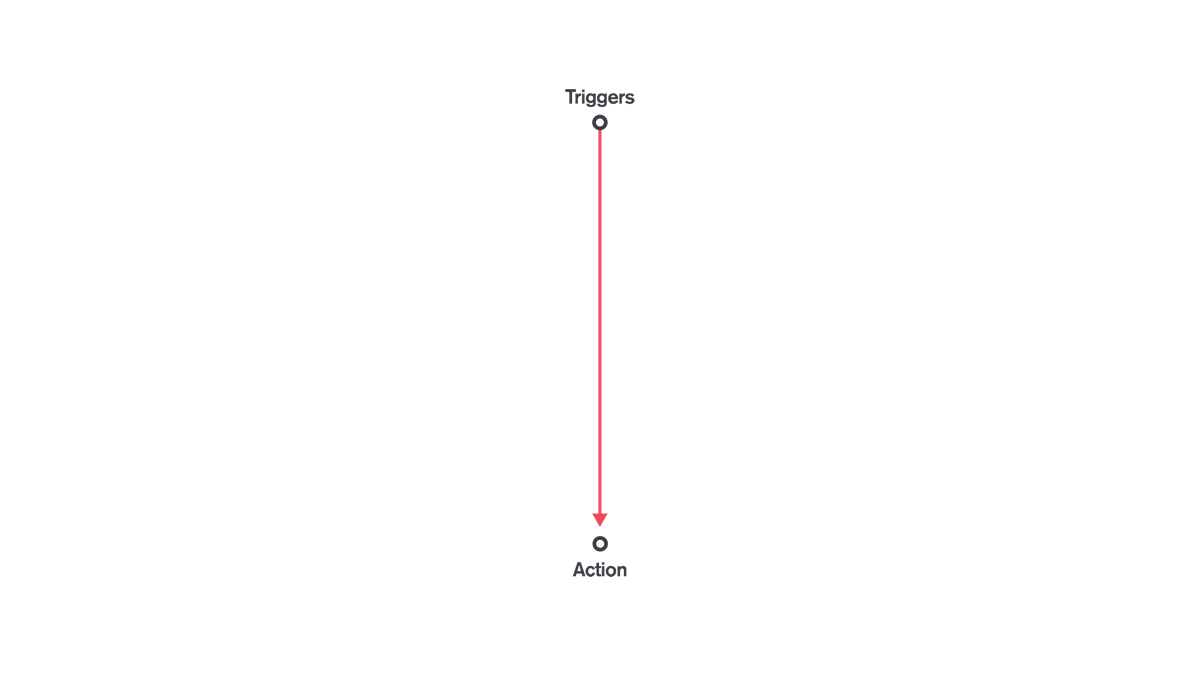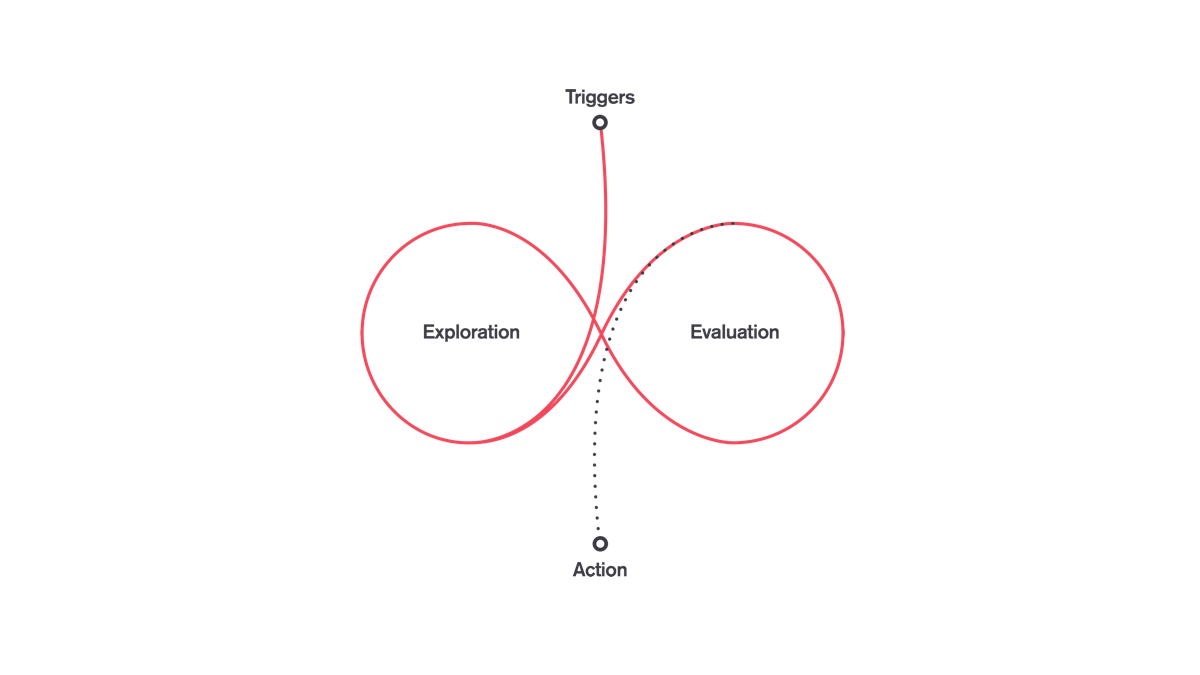How did it come to a sixty-slide presentation about which posts performed better, which one's got more engagement, which CTA was clicked on more, which page was the bounciest, all laced with Facebook screenshots, with Google Ads screenshots and with Google Analytics screenshots?
So. Much. Data Puke.
And in the end? Nothing. A quick chat about what's happening next month and a review of everyone's calendars to schedule the same meeting in next month. And that sinking feeling that it will feel like the same meeting next month.
These types of reporting meetings are torturous, pointless and don't value people's time. When looking at the reports themselves, the focus is always around the activity generated then the outcomes achieved. How can you make these meetings better, more productive and add value to your digital activity? How do you move from digital doing to digital strategy?
The shift from doing to strategy takes three steps. The steps for digital strategy are taken from the strategic approach outlined in Good Strategy/Bad Strategy by Richard Rumelt It's pretty straightforward, makes a whole load of sense and, most importantly, is easy to explain to the broader team so everyone can get on board.
The first step is diagnoses: what's the business challenge that you're trying to deal with? Is it that no-one knows your product? Is it that you need to deal with a competitor's new product? Is it to try and get leads? You need to understand the challenge and then design a way of coordinating and focusing actions on dealing with those factors.
You should be able to understand the consequences of the actions that you're taking. If you're running a campaign to drive more leads, you should be able to see the leads going up. That sounds blindingly obvious, but it makes a world of difference when it comes to planning your tactics and understanding the results, and, in turn, reporting on them.
The diagnoses stage is the key to making your life bearable during reporting. By understanding why you're doing what you're doing it gives focus and clarity to the report, taking it away from talking about the activity that you’re generating to showing the results that you need to make the business successful.
With the diagnoses nailed, it's time to look at the second stage, "Approach". What message does your campaign need to have to be successful? What channels, what call to action, what landing page, what are we doing to get people to take the action that we want them to?
A mistake that can be made during the Approach stage is not understanding the customer's path to purchase. The more idealistic on your team may hope that a potential prospect will be triggered by seeing an ad, clicking on it, reading the landing page and be so, so impressed that they'll convert then and there - the "straight line" path to purchase.
Oh, wouldn't it be loverly. But that isn't how people buy things on the Internet, not even the most idealistic of us. The reality of our behaviour breaks down like this: something drives us to action; we then explore our options and then evaluate them. Only when you're satisfied with your options will you be propelled out of this loop into taking some form of action. This back and forth has been dubbed the Messy Middle by Google, and it's easy to see why.
To use the messy middle to your advantage means that we have to be able to provide more information, the more a customer goes into their evaluation process. What kinds of content is a customer looking on their first visit and their second, third or fourth visit? Where else are your customers evaluating your product? What information are your competitors providing to help influence the purchase path? What can you do to help customers make their choice?
Remember, this purchase path could take months. It could be many visits to your site before they hit the button to action. Whatever approach you take has to consider multiple visits with deeper content needs with each visit.
The final stage is "Implementation" - time to put the approach in the test. Ads are created, landing pages built, content created, all guided by the approach we've taken to overcome the challenge identified during diagnoses. Then off it goes, it starts to run.
Then we get to reporting.
Reporting should be a statement of past activity that helps guide us to future success. Look at the metrics that relate to the strategy. Engagement metrics are cool. Who doesn't want to hear that your campaign has a reach of 20 million? But if you're not hitting the target that you set out in the diagnoses phase, then it's the worst kind of vanity metric.
Accept that the first couple of reports may be ugly. You're here to learn, and reporting is the tool to do that quicker. You'll be looking to understand a range of metrics that relate to success. Depending on the campaign, you'll want to know how many visits before conversion, the time between first visit and conversion, content viewed, time on site each visit, the list will go on. Knowing what ad in your campaign is leading to the most traffic that converts is important. But shares and likes are worthless unless you can directly relate them to outcomes.
Every report needs a point. A "What next" to help shape the future, to start a mentality of continual improvement within your team. We always suggest asking three questions at the end of the report:
- What happened in the last period that concerned us with the campaign?
- What are we going to do to address it?
- What is the outcome going to be?
There may be three or four things that concern you, that's good. Address it. Improve it. And at the start of the next reporting session, start with the three or four things that concerned you and how things improved. These questions drive success forward, provides much-needed context to the reports and should help you reach the strategic goal sooner rather than later.
Moving from digital doing to digital strategy can be tricky in organisations. Siloed thinking can get in the way. But perseverance and a solid, easy to understand approach can pay dividends in the short term and build to long term success. And you may get to enjoy a reporting meeting. Winner, winner!
We chatted through the curse of digital doing on our podcast, The Good Round Up. Have a listen and please feel free to subscribe.

